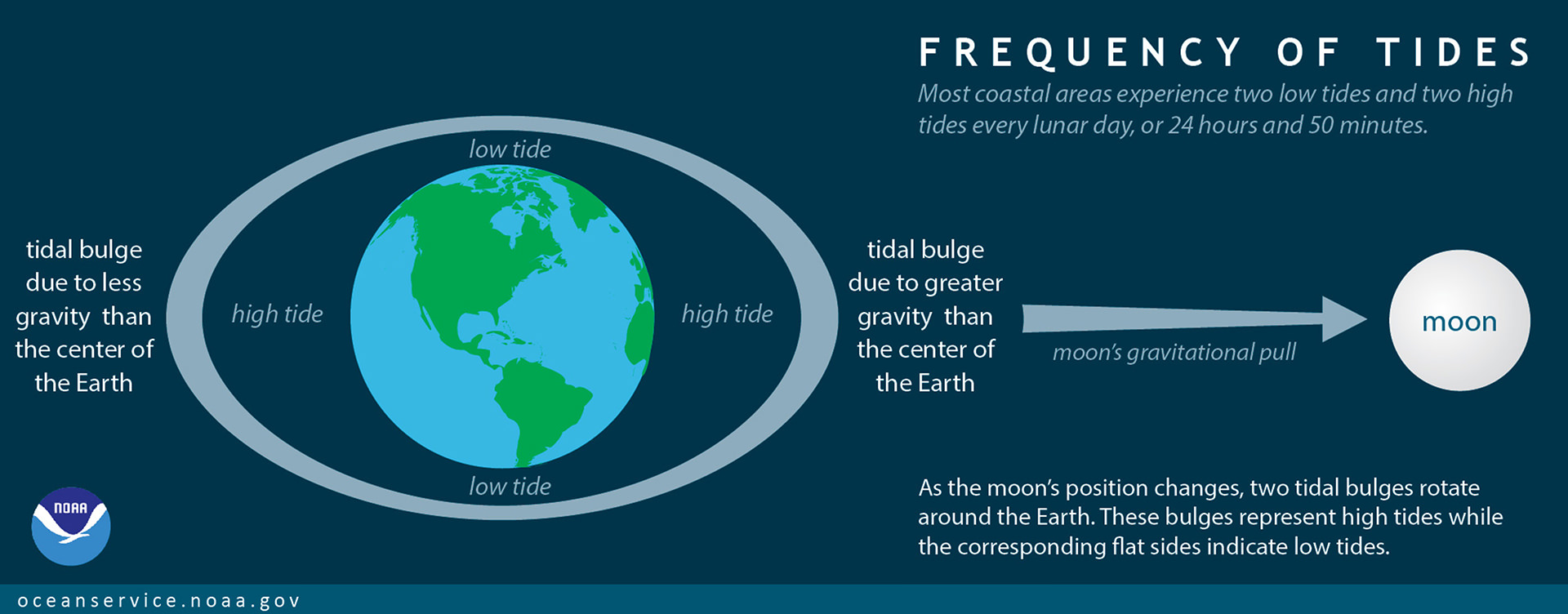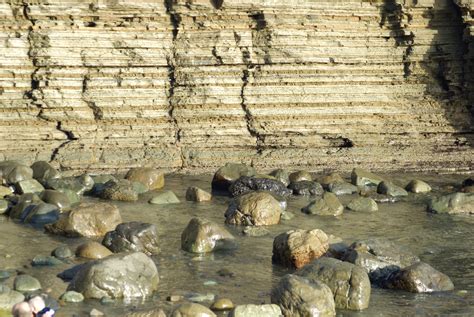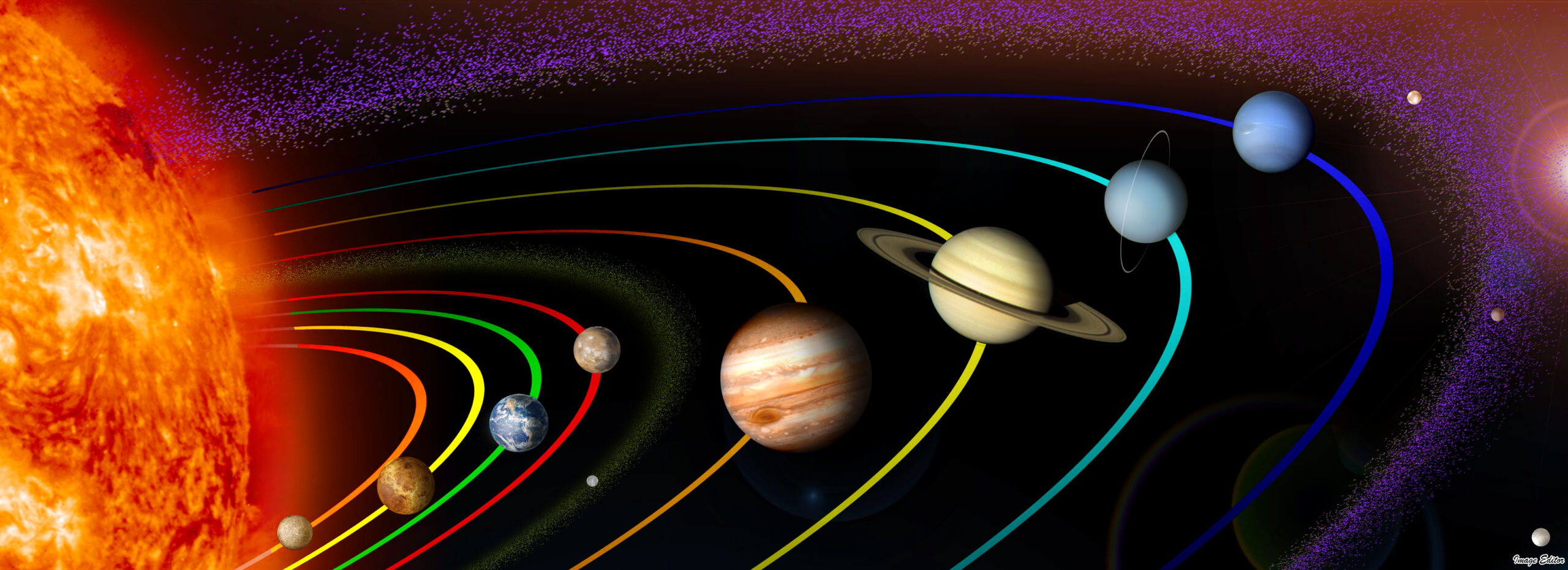How long does high tide last?
High tide lasts about an hour before it turns and heads back down. There are two high tides per day which correspond to the tidal bulges on either side of the Earth, it takes approximately an hour to pass through the highest point, giving us a high tide that lasts around one hour.

Tidal bulges around Earth caused by the gravitational influence of the moon are responsible for the tides. The sun also influences the tides on the Earth to a lesser degree, when the sun and moon line up they cause Spring Tides.
How long does it take for fossil fuels to form?
Fossil fuels take tens to hundreds of millions of years to form. First, the organic material needs to accumulate into thick layers (trees for coal, phytoplankton for oil and gas). Then, they need to be buried by thick layers of sediment, crushed and heated for millions of years.
Layers of organic matter and sediment are accumulated very slowly over periods much longer than human lifespans and that’s why fossil fuels are a non-renewable resource.

Layers of sediment deposited over millions of years can be seen changing slightly over time as the environmental conditions change. Grain sizes and mineral composition can cause differences in colour.
How long does it take light to travel from the Sun to Venus?
360 seconds or 6 minutes According to NASA the distance between the Sun and Venus is 108.08 million km or 67.78 million miles. The speed of light is 299 792 458 m/s, so the time taken is the distance divided by the speed of light.

Venus is the second planet from the sun and since light travels at a constant speed (c) light always takes approximately 360 seconds to reach Venus from the sun. Did you know, Venus is sometimes called Earth’s twin due to its similar size and chemical composition?
How long would it take to walk around Jupiter?
24967.86 hours or 1040.32 days of continuous walking at 3.5 mph. The diameter of Jupiter is 139,820 km or 8688 miles and typical human walking speeds are around 5.6 km/h or 3.5 mph. If we divide the diameter of Jupiter by that speed we get the amount of time it would take to walk around Jupiter.
Image: Jupiter is the largest planet in the solar system and the 5th planet from the Sun. Jupiter is a gas giant and does not have a solid surface so, of course, it would not be possible to walk around Jupiter. If you could however it would also be quite unpleasant due to the massive gravity of Jupiter due to its huge mass.

Check out our other blogs on animals and nature!

